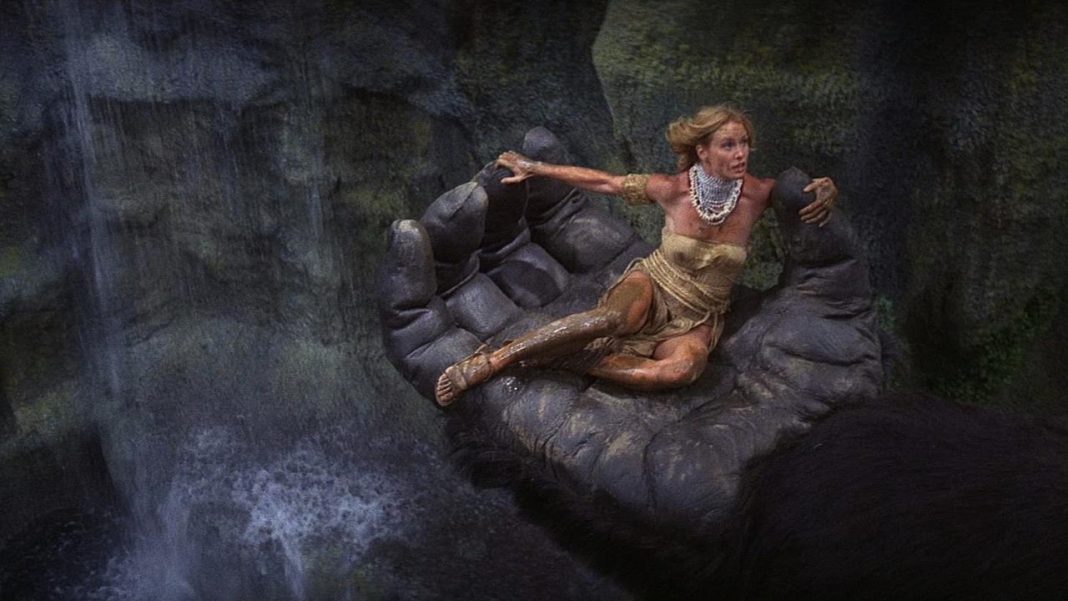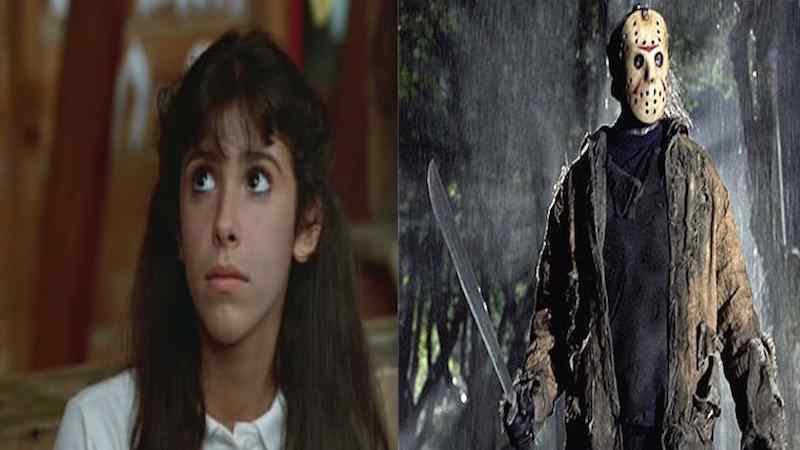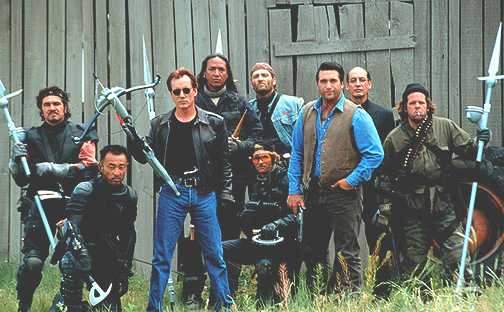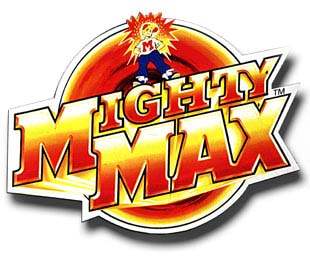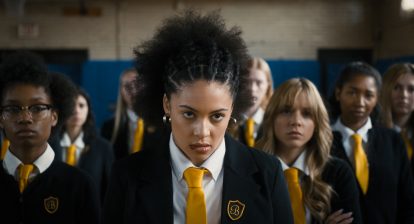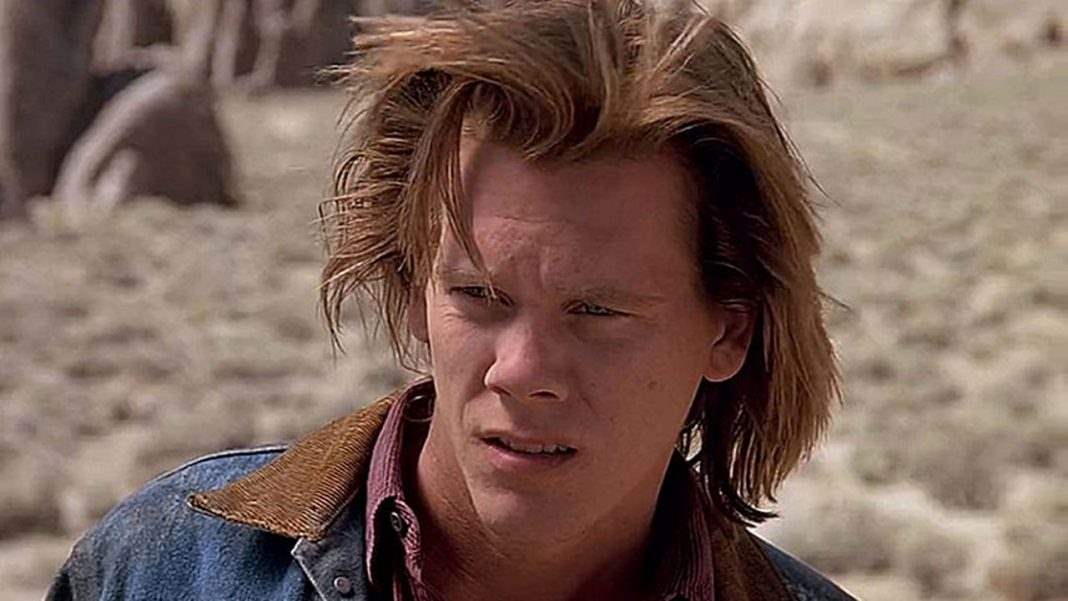King Kong may not be remembered as such, but it is one of the biggest horror movies of all time. When it hit theaters in 1933, people had not seen anything quite like it. It was full of adventure, full of heart, but it was also full of horror. This was the birth of the American monster movie.
As a child, I ate up whatever King Kong material I could find, so it’s hard for me to say for sure what version I saw first. I’m reasonably sure that it was the colorized version of the ’33 original. I was familiar with it when I saw King Kong ’76 for the first time, although I was still very young.
I think that the Dino De Laurentiis remake tends to really get forgotten. It’s a film that I have a lot of conflicted feelings about. Part of me loves it, part of me thinks it’s misguided, but it’s a fascinating movie and a unique take on the story.
Right from the start, King Kong ’76 makes its horror remake goals clear by approaching the original story with a very prominent new perspective and message. This is an extremely, almost ridiculously environmentally conscious feature. It adapts the story to modern times, yet in doing so almost weirdly feels like the most dated version of the Kong story we’ve seen on film to date.
Did You Know? Wicked Horror TV Has Classic and Independent Horror Films Available to Stream for Free!

This tries so intently to be lighter in tone than the first, which is so interesting because that’s such a difficult approach, given the way that the story ends.
To be honest, though, I think the environmental approach pays off, at least in terms of providing a fresh take and creating animosity between the two new male leads—Jeff Bridges and Charles Grodin—as opposed to retreading the filmmaking aspect of the original.
 That’s not to say that the story doesn’t suffer at all. Despite being made in the more liberal-minded seventies, Dwan is way more of a straightforward damsel than Anne was in the original. She’s airheaded, bubbly, intentionally written to be not much more than a stereotypical blond—she’s literally Kong’s perfect trophy wife. Intentionally written to be way less intelligent than every man on the boat’s crew, Dwan doesn’t wind up doing the film a lot of favors. But it’s okay, because she introduced the world to Jessica Lange. And while she might not have had a ton to do here, she’s gone on to prove herself as one of the best actresses working today.
That’s not to say that the story doesn’t suffer at all. Despite being made in the more liberal-minded seventies, Dwan is way more of a straightforward damsel than Anne was in the original. She’s airheaded, bubbly, intentionally written to be not much more than a stereotypical blond—she’s literally Kong’s perfect trophy wife. Intentionally written to be way less intelligent than every man on the boat’s crew, Dwan doesn’t wind up doing the film a lot of favors. But it’s okay, because she introduced the world to Jessica Lange. And while she might not have had a ton to do here, she’s gone on to prove herself as one of the best actresses working today.
What I truly love about this version of King Kong is the sheer spectacle of it. There’s something really interesting going on with it, where on one level it’s a huge, lavish production but on another level it’s an unapologetic B-Movie. It’s pure rubber-suit monster antics, despite the A-list cast and production.
I’ve always associated Guillermin’s King Kong and Godzilla 1984 very close together in my mind, because both have a similar look and style and both update their rampaging monsters for the times while still using many of the techniques that the original features used in the first place. As soon as Kong actually shows up, the dramatic tone shifts into something incredibly campy.
Also See: Godzilla vs. Kong offers splashy visual excitement with a dose of old school awe [Review]
 It’s a knowing campiness, though, and I think it works. While the Carlo Rambaldi creature design is terrific, it would not work as well in a version that was overly gritty or took Kong too seriously. But this remake never attempts to do either of those things. It is a fun, campy monster-on-a-rampage picture from beginning to end.
It’s a knowing campiness, though, and I think it works. While the Carlo Rambaldi creature design is terrific, it would not work as well in a version that was overly gritty or took Kong too seriously. But this remake never attempts to do either of those things. It is a fun, campy monster-on-a-rampage picture from beginning to end.
This film is often criticized for its use of camp, but I think it’s much more interesting and successful than it would have been had this feature tried to take itself too seriously. Had that happened, I think it would have fallen completely flat and I think Dino De Laurentiis realized this and ultimately made the right call with a tongue-in-cheek production befitting what they had to work with at the time.
Yes, King Kong ’76 is a mixed bag, especially considering that it is a remake of one of the best American films of all time. But where it succeeds is by being essentially the biggest B-Movie ever made. It’s full of rampaging monster antics and effects work and a cheeky tone that stays pretty consistent throughout, especially once Kong enters the piece and gets in on the action.
King Kong Lives, the misguided sequel, proves that the balance of humor and action in the first was difficult to maintain, because it botches that balance completely. Yes, the ’76 remake might be campy, might be a fun, adventurous monster flick that only seems serious when it comes to its environmental message, but the timing didn’t really work out for anything else. It was not the time for a darker version of Kong. What we got might stand out from the rest, but at least that makes it memorable.
